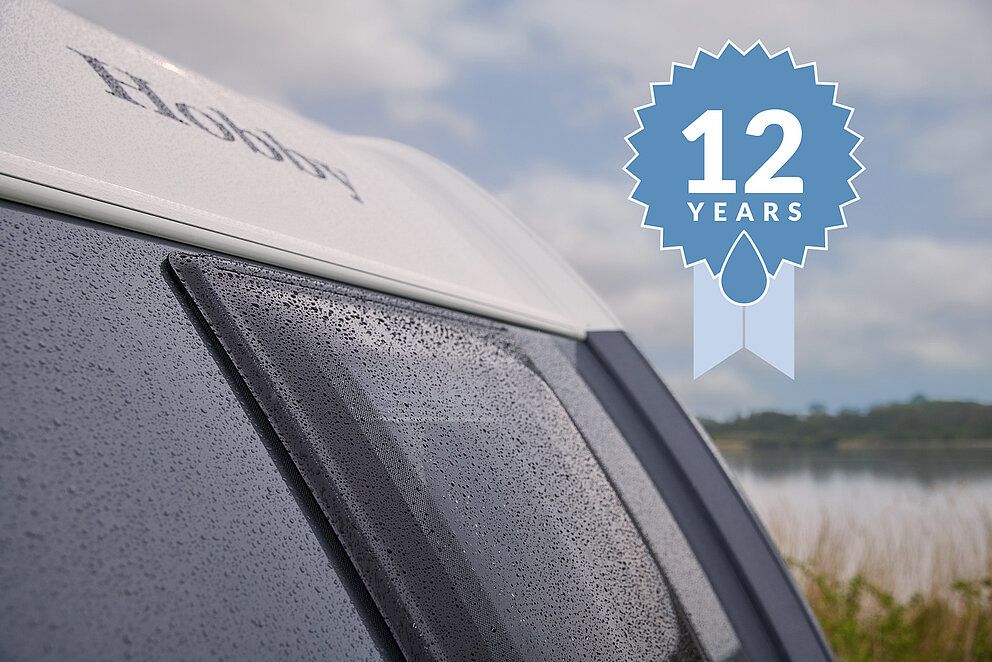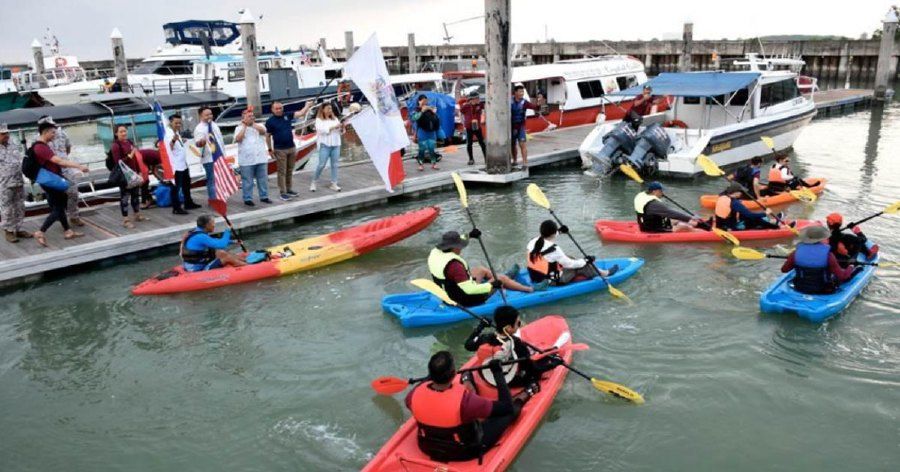Our Camping Blog
We often underestimate the importance of very basic items in our lives. Everyday commodities such as salt, pepper and spices helped shape global trade as David Bowden discovered on his most recent visit to Melaka. Before heading off to Melaka I read that: nobody would die without spices, but plenty have died for them. With this in mind, I returned once again to the popular Malaysian tourist destination but with a different purpose to the many previous visits I had made there. Melaka is one of Malaysia’s most fascinating travel destinations with a long and complex history. Almost every building in the port city’s historic heart contains several generations of history. Melaka’s historic and cultural attributes have been recognised along with Penang as a joint UNESCO World Heritage Site known as the Historic Cities of the Straits of Malacca. Both have been significant trading ports for centuries with Melaka appealing to Chinese and Indian merchants, Portuguese mariners, Dutch entrepreneurs and British enterprises. Melaka’s strategic location on the Straits of Malacca and its proximity to valuable spice islands led to it becoming an important link in the spice trade. The 900km-long Straits of Malacca is an important waterway for ships passing between the Pacific and Indian Oceans. Early traders from Arabia, Africa, India and Europe harnessed the forces of monsoonal winds to sail from the west to Asia where they made landfall in present-day Kedah. Here they traded goods and returned to where they came on the reverse monsoon. China entered this trade, and goods were shipped over longer distances. Ports like Melaka grew as goods from around the region were accepted and dispatched to all the ports along the maritime route from Asia to Europe. The Age of Discovery The former fishing village of Melaka was under the control of a Sumatran sultanate as early as 1377. In the 15th century, the Age of Discovery began in Europe and heralded a period of empire building and trade expansion. Wealthy Europeans, leaders and the nobility funded navigators and entrepreneurs to venture across uncharted seas in search of exotic goods. Most returned with bounty that made several European powers very wealthy. Some of the most prized goods were spices, particularly those from tropical destinations such as present-day India and Indonesia. In his book, At Home, writer Bill Bryson details the role that spices had in the expansion of ports like Melaka and on global trade. He notes that: “Nobody would die without spices, but plenty have died for them.” While salt had been keenly sought for centuries, it was pepper that became a household necessity by the 16th century. Until then, it was only the wealthy who could afford to spice up their life with rare commodities such as pepper. It has been claimed that spices were often used to mask meat that had gone off, but as Bryson explains; it really was only the wealthy who could afford such commodities such as pepper and spices as they were expensive being sourced from remote and distant places. As the world opened with each voyage of discovery, trade flourished and many new ingredients were added to European cooking pots. Spices like cloves, cinnamon, turmeric, ginger, nutmeg and mace enabled European chefs to be more creative. Bryson comments that: “For centuries, spices were not just the world’s most valued foodstuffs; they were the most treasured commodities of any type. The Spice Islands, hidden away in the Far East, remained so desirable and prestigious and exotic that when James 1 gained possession of two small islets, it was such a coup that for a time he was pleased to style himself King of England, Scotland, Ireland, France, Puloway and Puloroon.” Nutmeg (the seed) and mace (the fleshy surrounds of the seed) were the rarest spices of all. By the time these rare commodities arrived in Europe on long ship journeys, they had passed through many hands, merchants and ports including Melaka. All those along the supply line expected and received a slice of the action and Bryson suggests that by the time nutmeg/mace arrived in Europe, it cost as much as 60,000 times the original purchase price back in the Spice Islands. Historic Maze Melaka’s historic town centre is a maze of the old and new, like pieces of a jigsaw puzzle awaiting completion. I always enjoy just exploring the streets that extend from the banks of the Melaka River. The Portuguese came here seeking spices as early as 1511 and remained for more than a century before the Dutch seized control. After 150 years, the Dutch ceded Melaka to the British in a swap where the Dutch took over British-controlled Bencoolen (Bengkulu) in Sumatra. The colonial powers left their mark and contributed to the port’s varied architecture. Chinese buildings adjacent to Dutch-built churches and Moorish-inspired mosques make for fascinating streetscapes. These colonial influences are best admired in the architecture of Dutch Square where visitors can get an impression of an old Dutch village. Christ Church and the Stadthuys are based on an old square in the Dutch village of Groot Lindt in southern Holland. Christ Church is Malaysia's oldest Protestant Church. The ruins of St. Paul’s Church built in 1512 are close by, while Porta de Santiago at the foot of the hill is all that remains of A’Famosa fort that once protected the town. In the early 19th century, the British East India Company, which controlled Melaka, set about demolishing the fort but Sir Stamford Raffles intervened to at least save the gate entrance. Across the Melaka River the historic town centre is dominated by two-storey Chinese shoplots. Those on Jalan Hang Jebat (Jonkers Street) and Jalan Tun Cheng Lock are typical of the era. Jalan Tun Cheng Lock was known as Millionaire's Row and several ornately decorated Baba Nyonya-styled houses have been meticulously restored but many of the others look more contemporary than historic. In line with Melaka’s growing commercialism, many items sold aren’t made locally nor have anything to do with Melaka’s heritage. The Nyonyas and Babas made important contributions to Melaka. The Chinese first traded with Melaka in the 15th century and Chinese settlers who intermarried with the local Malays became known as the Baba (men) and Nyonya (women). The Chinese adopted many Malay customs through contact and intermarriage and their cuisine is a unique blend of Chinese and Malay styles (known as Nyonya or Peranakan cuisine). As these people became wealthier, so did their passion for luxury items like ornate furniture, jewellery and clothing. Their houses were decorative and often lavish with imported tiles and carved Baroque furniture. The women dressed in embroidered blouses, sarongs and beaded slippers and they added intricate jewellery. While each colonial era left its mark, visitors to the historic town centre now enjoy an urban streetscape that still retains many historical features. Heritage Home My holiday home in Melaka was the Rosa Malacca, a 60-room designer lifestyle hotel that features a rustic industrial loft design with an abundance of raw materials like exposed bricks and cement, recycled timber, rustic wooden beams and roughly-hewn floorboards. The boutique hotel has set out to be a fun venue and a social hub with a story to tell of the heritage city’s early history but within a contemporary setting. Melaka has numerous accommodation options from branded properties to heritage retreats but Rosa Malacca fills a niche as a design hotel. Bica & Co Café in the hotel has an air-conditioned section and an alfresco dining area in a central courtyard. The Rosa Malacca is located to the south of the Malacca River and is reasonably close to the State Mosque and a one-kilometre walk from A’Famosa. Melaka reveals something new with each visit. Its back lanes and the more popular tourist areas with their shops, museums and restaurants are well worth discovering and much of this can be done on foot.













